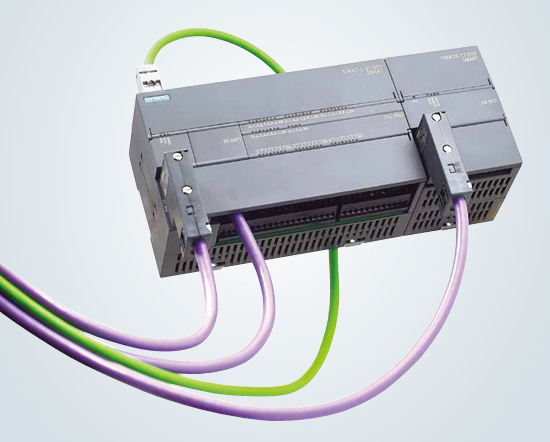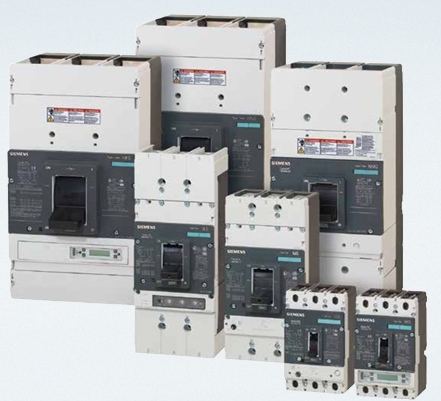IS410STAIS2A and IS400STAIS2AED are both part of the GE Fanuc series of industrial control modules. Their main functions are to collect, convert, transmit industrial field signals, and execute control instructions, serving as a "bridge" between the control system and field devices. There is a certain correlation between the hardware architecture and core functions of the two, and there are distinctions in performance parameters and functional details for different application requirements. Flexible selection can be made based on the control scale, signal type, and accuracy requirements of specific projects.
GE IS410STAIS2A IS400STAIS2AED Industrial Control Module
Basic overview of module
IS410STAIS2A and IS400STAIS2AED are both part of the GE Fanuc series of industrial control modules. Their main functions are to collect, convert, transmit industrial field signals, and execute control instructions, serving as a "bridge" between the control system and field devices. There is a certain correlation between the hardware architecture and core functions of the two, and there are distinctions in performance parameters and functional details for different application requirements. Flexible selection can be made based on the control scale, signal type, and accuracy requirements of specific projects.
Among them, IS400STAIS2AED, as a classic model of this series, has a wide range of application cases in the field of industrial automation and has a high level of technological maturity; IS410STAIS2A has undergone partial performance optimization based on the former, further improving signal processing efficiency and system compatibility, making it more suitable for complex control scenarios with higher real-time requirements.
Core functions and features
1. Efficient signal processing capability
Both modules support the acquisition and processing of multiple types of industrial signals, including analog input/output, digital input/output, etc. They can accurately capture the operating status parameters of on-site equipment (such as temperature, pressure, flow rate, liquid level, etc.), and transmit the processed signals to the controller, while receiving instructions from the controller to drive the actuator action. The module is equipped with a high-performance signal conditioning circuit, which can effectively suppress interference factors such as electromagnetic interference and voltage fluctuations in industrial sites, ensuring the stability and accuracy of signal transmission. The signal acquisition accuracy can reach 0.1% level, meeting high-precision control requirements.
2. High reliability and stability
Adopting industrial grade hardware design, it has a wide temperature working range (usually -40 ℃~70 ℃) and can adapt to harsh industrial site environments such as high temperature, high humidity, dust, vibration, etc. The module is equipped with overcurrent, overvoltage, and short-circuit protection circuits, which can effectively prevent damage to the module caused by external circuit faults and extend the service life of the equipment. Meanwhile, relying on GE's unique anti-interference technology, the module can resist strong electromagnetic radiation interference, ensuring stable operation in complex electromagnetic environments.
3. Flexible compatibility and scalability
Support seamless integration with GE Fanuc series PLCs (such as 90-30, 90-70 series) and other mainstream industrial control systems, compatible with multiple communication protocols (such as Modbus, Profinet, EtherNet/IP, etc.), facilitating system integration and upgrades. The module adopts standardized installation interfaces and modular design, which can flexibly increase or decrease the number of modules according to actual control needs, expand the control scale and functions of the system, and reduce the cost of system upgrades.
4. Convenient diagnostic and maintenance functions
The module is equipped with a comprehensive self diagnostic function, which can monitor the operating status of the module in real time (such as power status, signal transmission status, fault information, etc.) through panel indicator lights or control systems. When the module fails, it can quickly locate the problem point and reduce the troubleshooting time. At the same time, the module supports online maintenance and debugging, and can complete parameter configuration, fault repair, and other operations without interrupting system operation, improving the efficiency of system operation and maintenance.
5. Differentiated characteristics
IS410STAIS2A has been optimized for signal processing speed, with a shorter data refresh cycle, making it suitable for scenarios that require high real-time control, such as high-speed production line control, precision machining, etc; IS400STAIS2AED has more advantages in interface scalability, supporting more types of external device access, and has relatively lower costs, making it more suitable for mid to low end control scenarios or large-scale popular projects.
Key technical parameters
The following is a comparison of the core technical parameters of two modules. The specific parameters are subject to the official manual:
parameter category
IS410STAIS2A
IS400STAIS2AED
power input
DC 24V ±10%
DC 24V ±10%
Analog input
8 channels, 4~20mA/0~10V, accuracy ± 0.1%
8 channels, 4~20mA/0~10V, accuracy ± 0.2%
Analog output
4 channels, 4~20mA/0~10V, accuracy ± 0.1%
4 channels, 4~20mA/0~10V, accuracy ± 0.2%
Digital input
16 channels, NPN/PNP compatible, response time ≤ 1ms
16 channels, NPN/PNP compatible, response time ≤ 2ms
digital output
8 channels, relay output/transistor output optional
8 channels, relay output/transistor output optional
communication interface
EtherNet/IP、RS485
RS485, Profinet (optional)
Operating Temperature
-40℃~70℃
-40℃~70℃
Protection level
IP20 (module), IP65 (optional housing)
IP20 (module), IP65 (optional housing)
Data refresh cycle
≤10ms
≤20ms
Applicable scenarios
Based on the performance characteristics of the two modules, their applicable scenarios have their own focuses, and there are also some overlapping areas, as follows:
1. Applicable scenarios of IS410STAIS2A
-High speed production line control: scenarios that require rapid response to equipment status changes and real-time adjustment of control instructions, such as automotive parts processing and electronic component assembly.
-Precision process control: such as temperature and pressure control of chemical reaction vessels, control of drug ratio in the pharmaceutical industry, and other scenarios that require extremely high parameter accuracy and real-time performance.
-Large industrial equipment monitoring: real-time monitoring and control of multiple parameters for large equipment such as steel rolling equipment in the metallurgical industry and steam turbines in the power industry.
2. Applicable scenarios of IS400STAIS2AED
-Mid to low end industrial control projects: such as production line control in small and medium-sized manufacturing, transportation equipment control in warehousing and logistics, and other cost sensitive scenarios.
-Multi device integrated monitoring: scenarios that require the integration of multiple external devices, such as monitoring the liquid levels of multiple water tanks in sewage treatment plants and controlling auxiliary equipment in small power plants.
-Old system upgrade: It can be used as an upgrade component for traditional control systems, compatible with existing equipment, and improves system stability and control accuracy.
3. Common applicable scenarios
-Industrial control in harsh environments: equipment control in high temperature, high humidity, and strong interference environments such as mining and petrochemical sites.
-Distributed Control System (DCS): As the on-site control unit of the DCS system, it achieves decentralized control and centralized management.
-Intelligent manufacturing production line: Cooperate with industrial robots, intelligent sensors and other equipment to build an intelligent production control system.
Precautions for use
1. Installation specifications
The module should be installed in a well ventilated location away from heat sources and strong electromagnetic interference sources, such as the middle or upper part of the control cabinet, to avoid close installation with equipment such as frequency converters and high-power contactors. During the installation process, it is necessary to ensure that the wiring is firm to avoid faults caused by loose wiring due to vibration. At the same time, wiring should be strictly carried out according to the module pin definition to prevent the positive and negative poles of the power supply from being reversed.
2. Power configuration
The module needs to be powered by a DC power supply that meets the specifications, and the power output should be stable to avoid excessive voltage fluctuations that may cause impact on the module. It is recommended to install surge protectors at the power input end to enhance the anti-interference ability of the module in the event of power grid fluctuations or lightning strikes.
3. Parameter configuration
Before connecting to the system, it is necessary to configure the communication parameters, signal types, range, etc. of the module correctly through GE's dedicated configuration software (such as Proficy Machine Edition) to ensure that they match the parameters of the controller and on-site equipment. After the configuration is completed, testing should be conducted to verify the accuracy of signal transmission and control instruction execution.
4. Maintenance and upkeep
Regularly inspect the module, check the status of panel indicator lights, whether the wiring terminals are loose, and whether there is dust accumulation on the surface of the module. For modules working in dusty environments, regular dust removal treatment should be carried out to avoid dust accumulation affecting module heat dissipation. If the module malfunctions, the power should be disconnected before maintenance, and live operation is strictly prohibited.
5. Spare parts and upgrades
To ensure the continuous operation of the system, it is recommended to reserve a certain number of backup modules. When upgrading the system, it is necessary to confirm the compatibility between the new module and the original system to avoid system failures caused by the upgrade. At the same time, update module firmware in a timely manner to achieve better performance and security.

- User name Member Level Quantity Specification Purchase Date
- Satisfaction :
-









Email:wang@kongjiangauto.com




































































































































